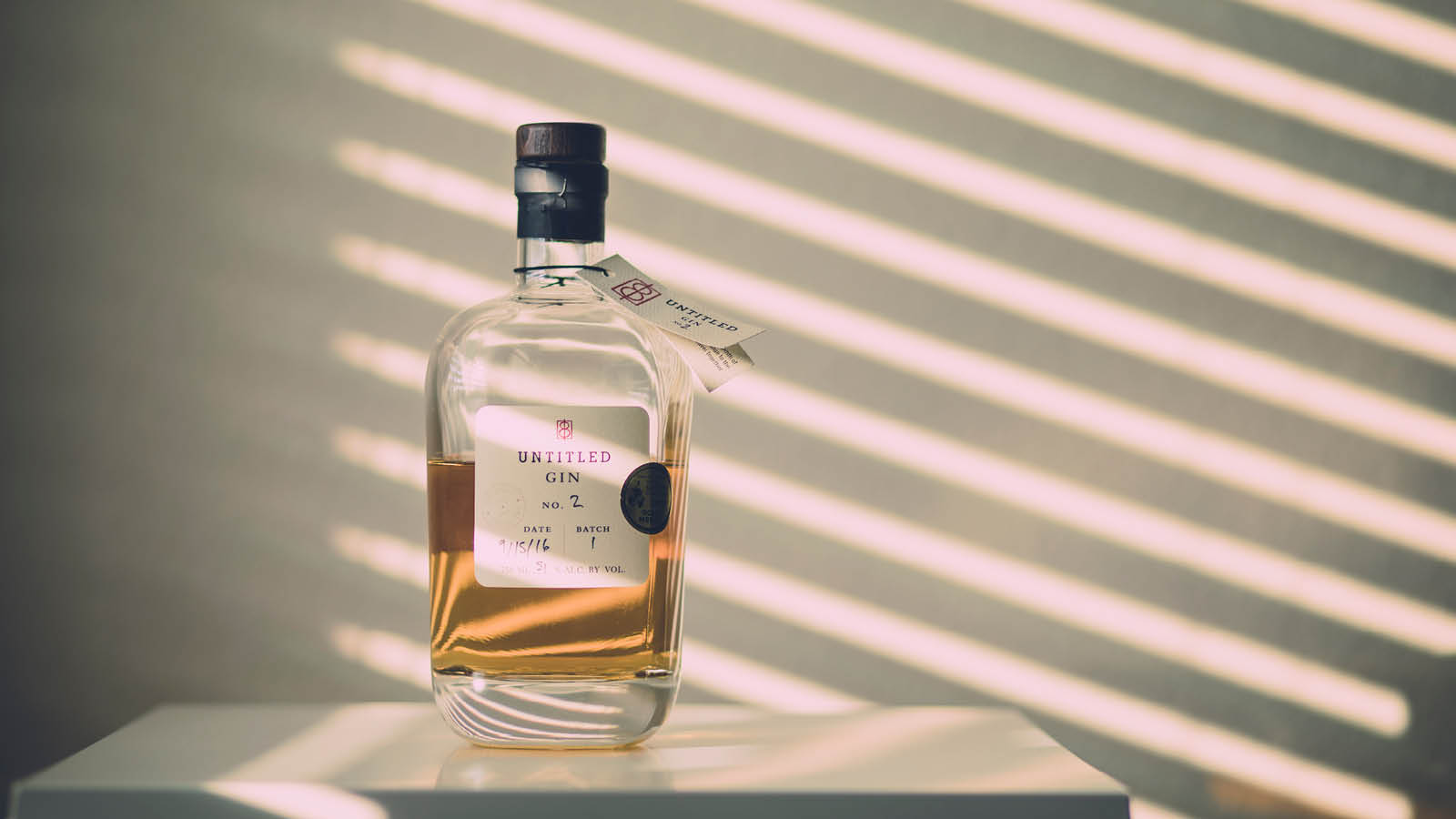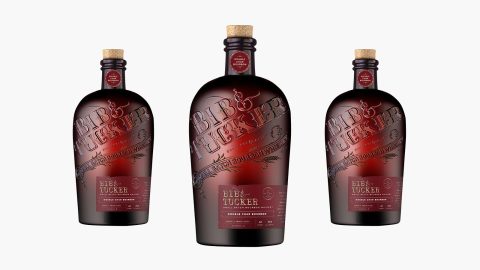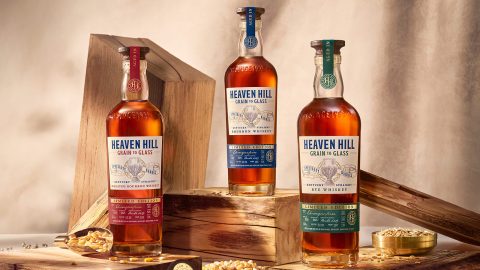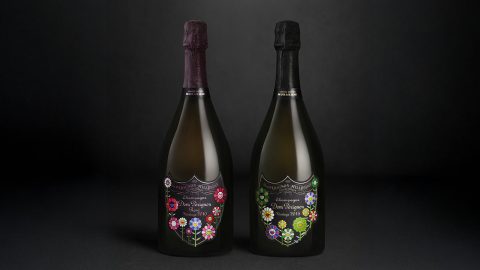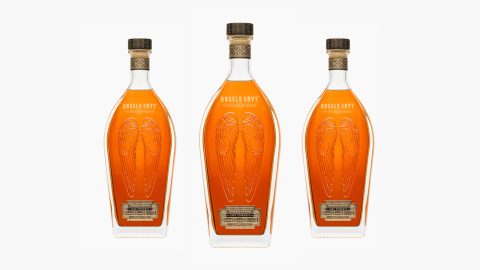Booze Primer: Gin in 1000 Words or Less
August 30, 2018
byThe IMBOLDN Editors
-
Food & Drink Savory, Smoky, Smooth—Double Char Bourbon Nails The Trifecta
Six-year age statement meets heavy char finish.
-
Food & Drink Whiskey Innovation Alert: Chinquapin Oak + Six-Year Age = Fire
A bourbon, a wheated bourbon, and a rye—all aged in Chinquapin Oak under one collection.
-
Food & Drink From Le Mans To Lounge: Porsche Rewrites Kitchen Cool With Smeg
High-performance aesthetic hits morning rituals with Porsche x Smeg kitchen gear.
-
Food & Drink The Dom Pérignon Collab That’s Pure Joy In A Bottle
Art, luxury, and effervescence merge in Dom Pérignon’s new drop.
-
Food & Drink Meet Angel’s Envy 10 Cask Strength: A Decade Distilled
Expect bold flavors: baklava, apricot, port — Angel’s Envy 10 delivers at 122.6 proof.

